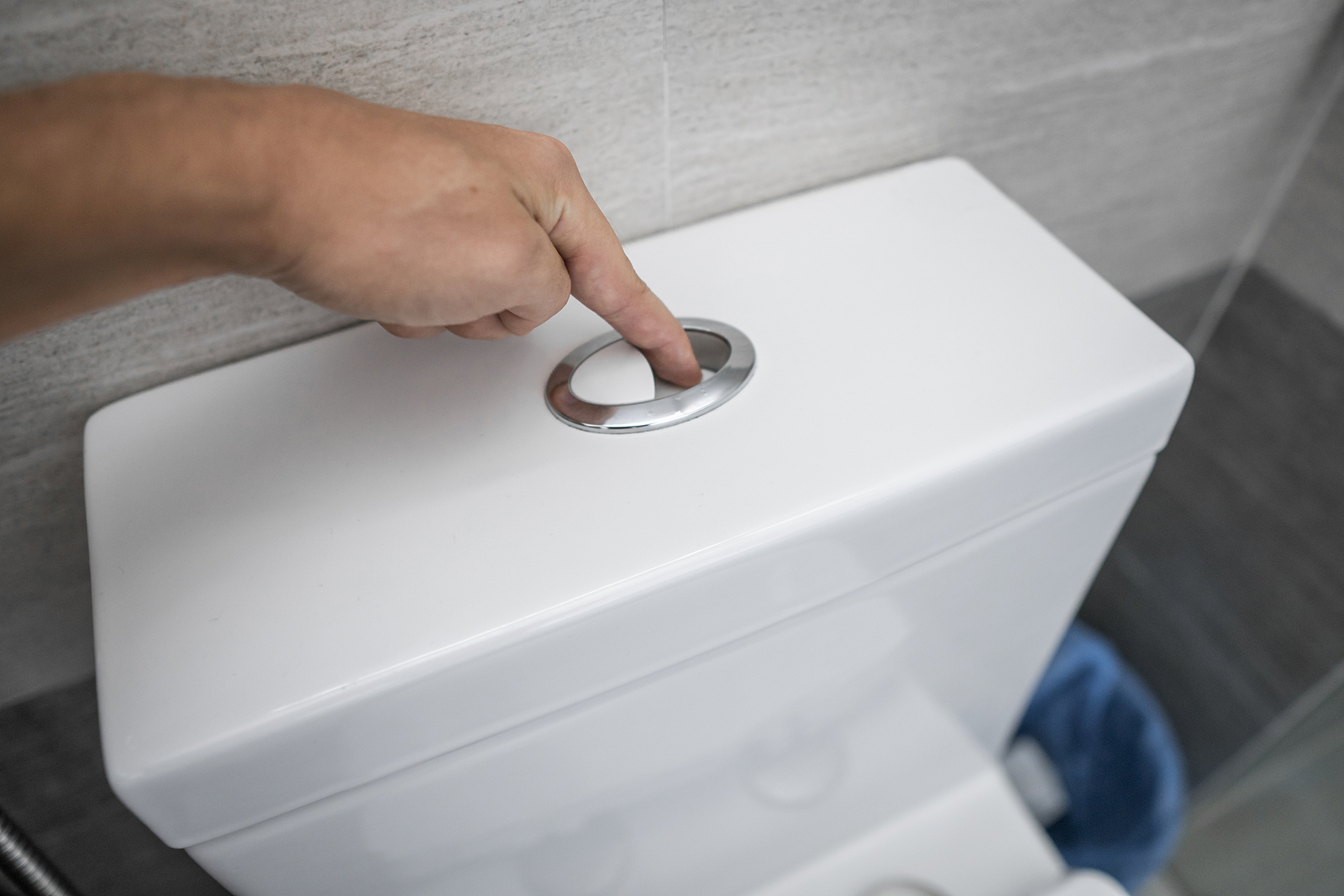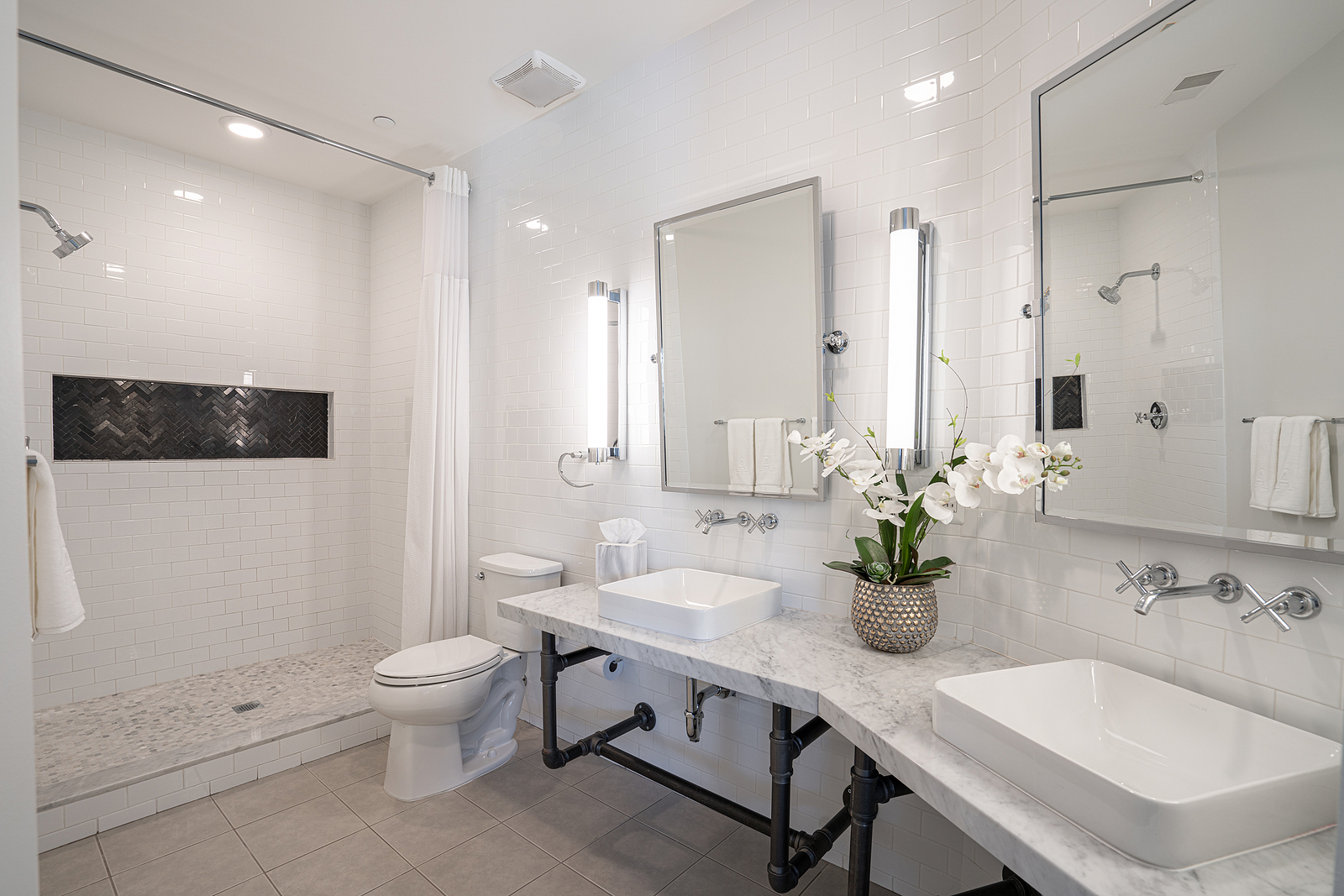

Public washrooms are designed to be functional, hygienic and to a degree modular. This is why you can buy packs of toilet cubicles that can be easily fitted alongside additional toilets to increase the capacity of facilities as and when required.
This does not necessarily mean that a washroom will not entirely eschew design, branding or even outright artistry, but instead that the practical considerations will take priority for customers and building managers alike.
However, that is not always the case, nor was it always the norm. West Pier Public Convenience on the Isle of Bute in Scotland is a listed building and tourist attraction, described by author and washroom authority Lady Lucinda Lambton as the “most beautiful” in the world.
Possibly the most famous and most luxurious public washroom is located in Paris, which has become an equal parts functional facility and a museum chronicling a unique perspective of the history of the City of Light.
Washroom Of Madeleine
Located next to La Madeleine, Lavatory Madeleine is the most luxurious of Paris’ underground washrooms and was designed to be an exemplar for urban planning and how it could most effectively meet the needs of the public.
Whilst the striking Art Nouveau styling of Lavatory Madeleine conveys a sense of opulent excess characteristic of the early part of the 20th Century before the adventof the First World War, its design was remarkably practical and pragmatic.
It was far from the first public washroom in Paris, nor was it the first constructed underground, but the success of facilities constructed below street level in London from 1889 onwards inspired the city’s municipal administration to explore alternatives to surface-level conveniences.
They eventually rested on what was rather artistically described as an “underground gallery of necessity”, recommending that four particularly busy parts of Paris should feature extensive underground washrooms.
Lavatory Madeline was the first, with others constructed at Boulevard de Strasbourg, Place Andre-Malraux and Place de la Bastille, four of the busiest locations in Paris.
Purposeful Luxury
The washroom was constructed by Etablissements Porcher (now part of Ideal Standard), then a relatively new manufacturer of sanitary equipment.
They commissioned a mirror maker, a glassmaker who specialised in stained glass and a cabinetmaker who worked extensively with mahogany in order to create the most artistic “gallery of necessity” possible.
There were extensive engraved panels made from elegantly varnished mahogany, beautiful ceramic tiles using rather ornate designs, glass brick, brass taps and mosaic.
The toilet cubicles themselves featured hydraulic fans, some of the earliest electric lighting in the city, ventilation and even a shoe shiner’s chair and custodian’s office.
Whilst easily characterised as historic excess today, there were a few commercial and business reasons for this.
One of the first and biggest was that Lavatory Madeline had a rather unusual business model. Whilst paid toilets were ubiquitous at that point, this new facility had multiple price tiers for both men and women, ranging from free urinals and cubicles to luxury cubicles with private sinks and bidets for 20 centimes.
Another reason was that Lavatory Madeline was a flagship for Porcher themselves, who had an exhibition centre nearby. Their logic was that showcasing the finest, most advanced washroom facilities possible would inspire people to order from them.
Finally, the municipal authority wanted to justify the expense and the benefits of underground facilities with the hopes of expanding the numbers and further improving the health of the city.
Survival, Restoration And Legacy
Ultimately, Lavatory Madeleine has survived to this day, albeit with some changes and fraught moments.
One complication with its construction was water ingress, which was partly the result of some of the waterproofing materials degrading over the decades. This led to some refurbishments taking place in 1937 and 1950 to try and fix it, but concerns continued about its future viability.
In the 1980s, the men’s side was closed entirely and became a storage and service station for telecommunications equipment, which led to concerns about its future viability.
A partial restoration replaced many of the fittings with modern equipment as well as adding turnstiles, leading to concerns that the original character of the building could be lost.
This uneasy tension was ultimately alleviated when after a 25-year campaign Lavatory Madeleine was designated a “monument historique”, the French equivalent of a listed building, in 2011.
By this point, the leaking had become constant and a major restoration project was required to bring back its former glory, replacing the replacement toilets with historic-looking but more modern models and preserving some of the older features to act as a museum of Parisian luxury lavatories.




